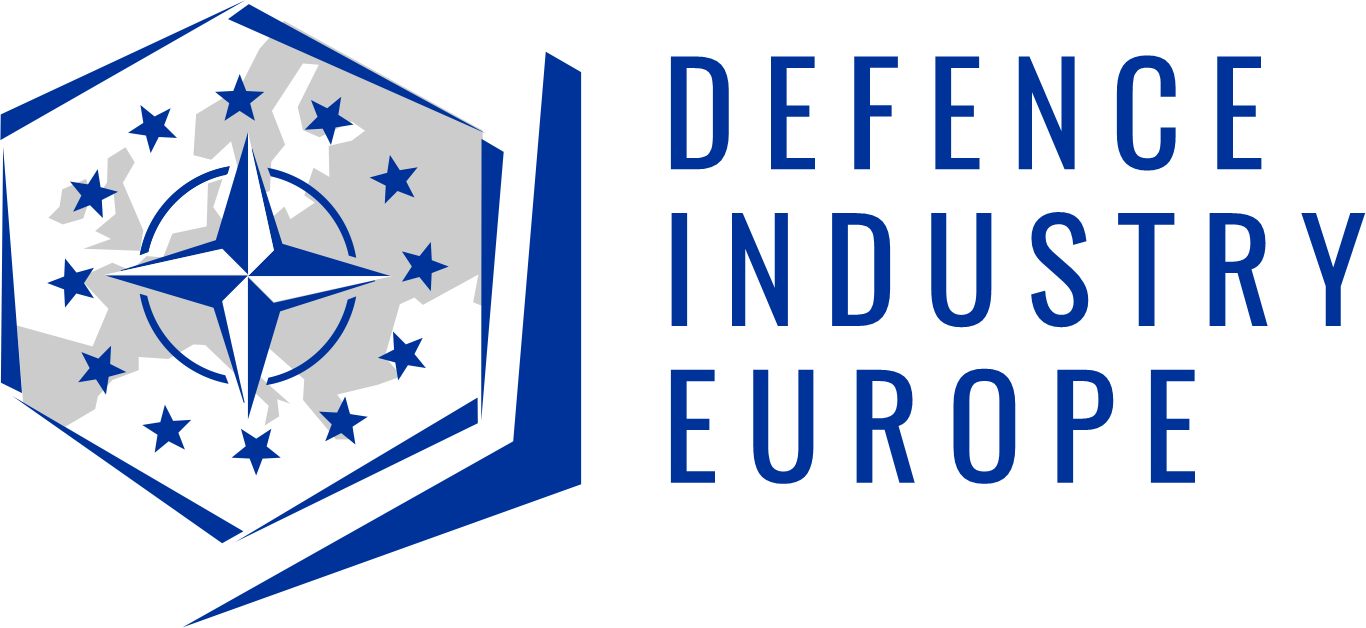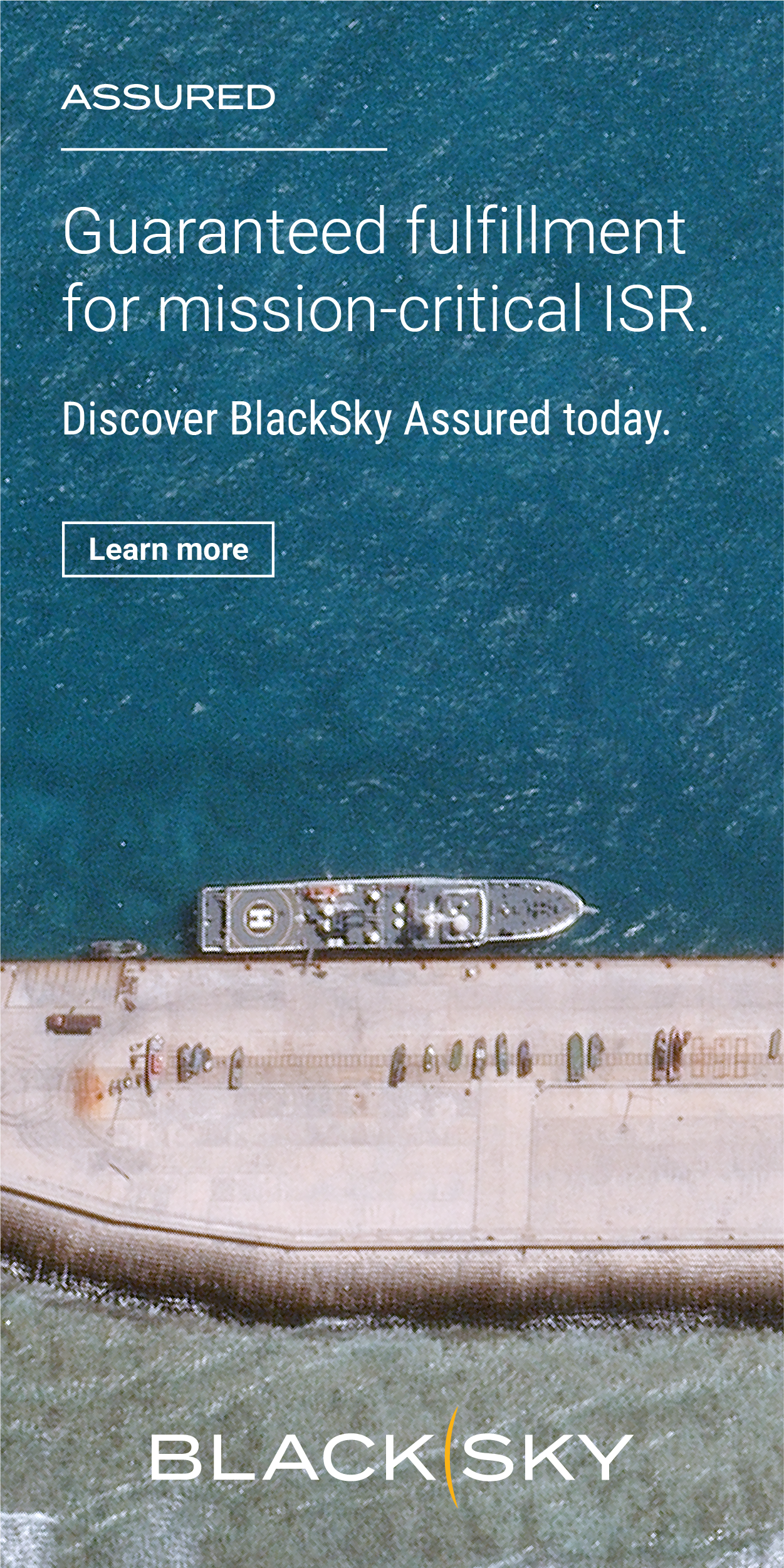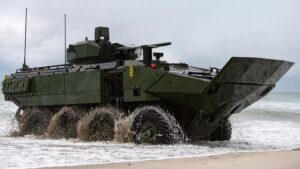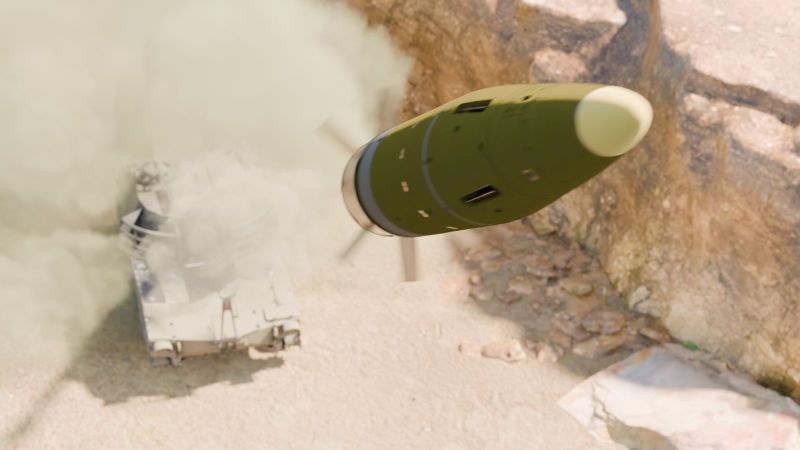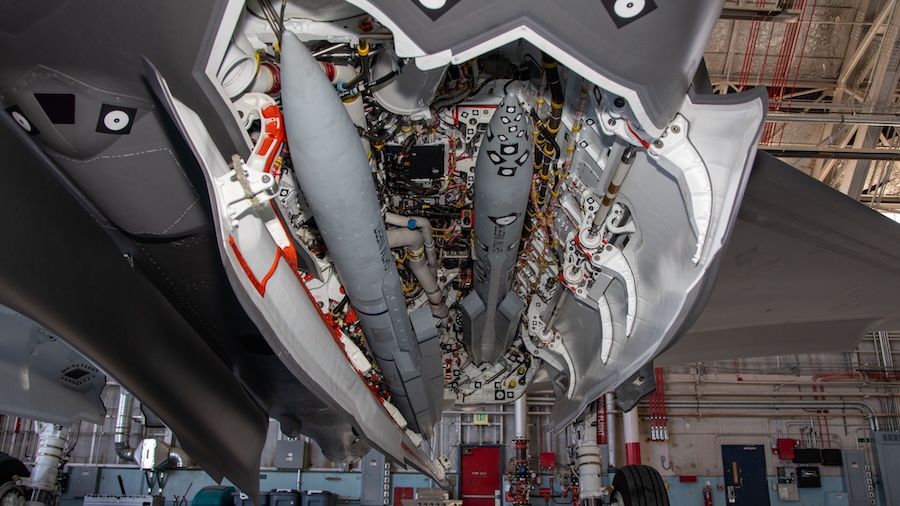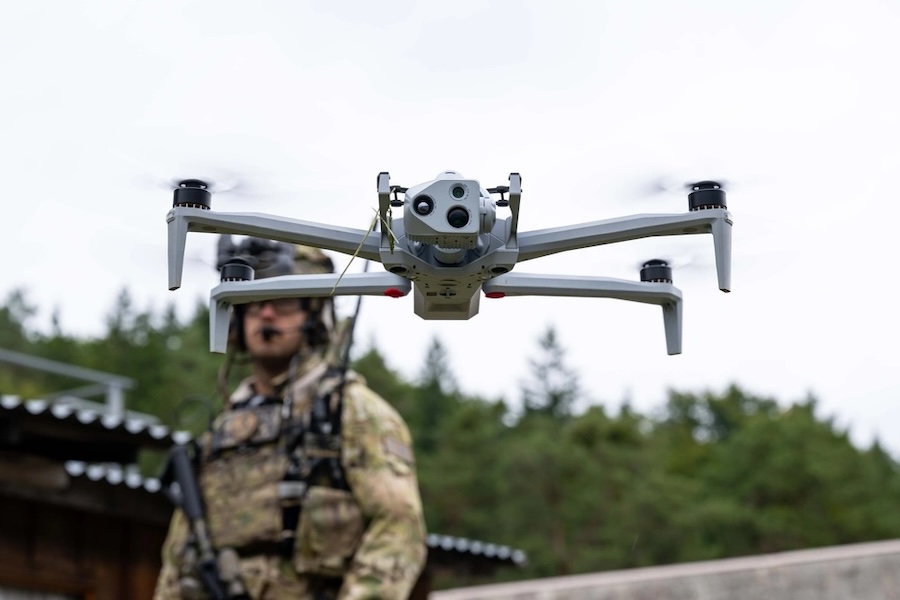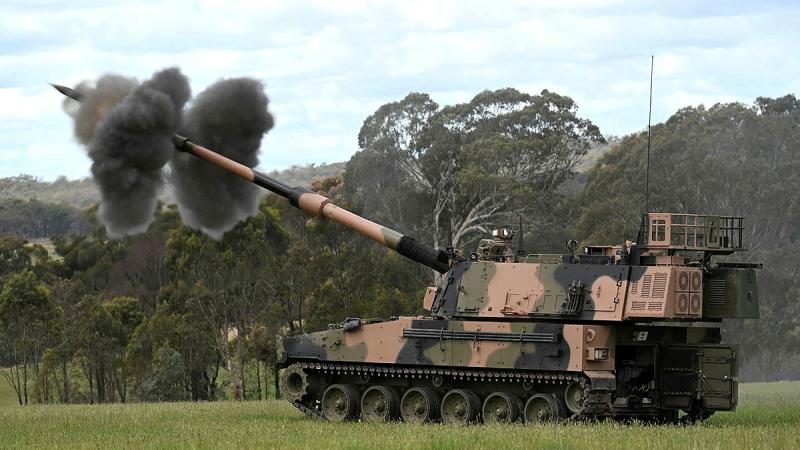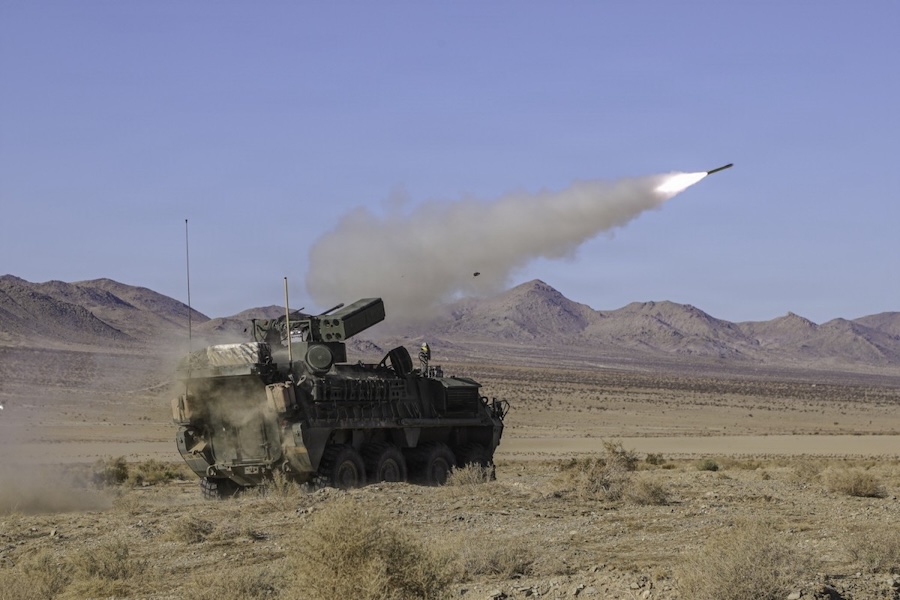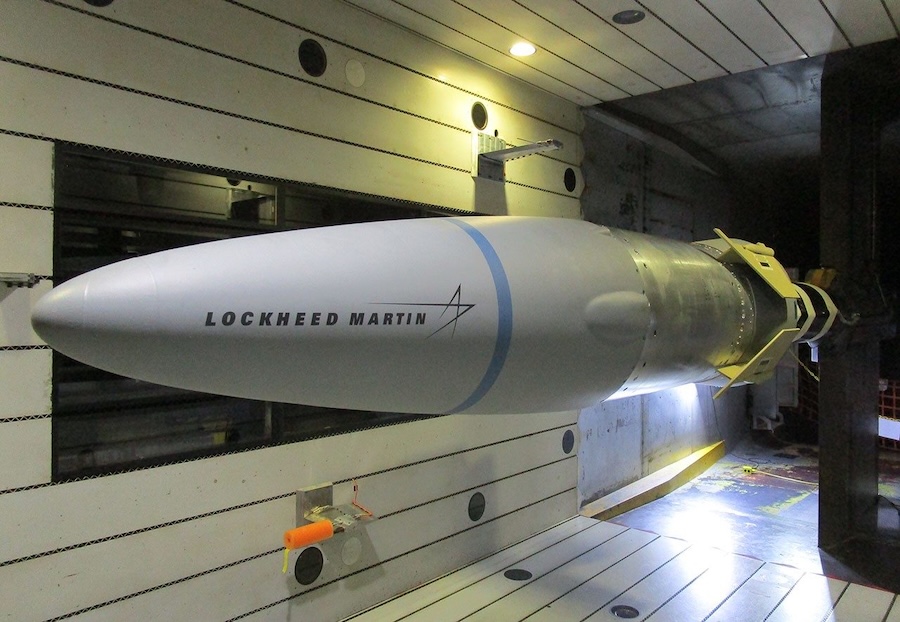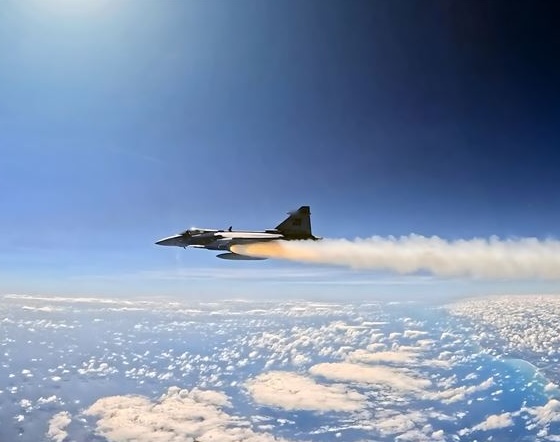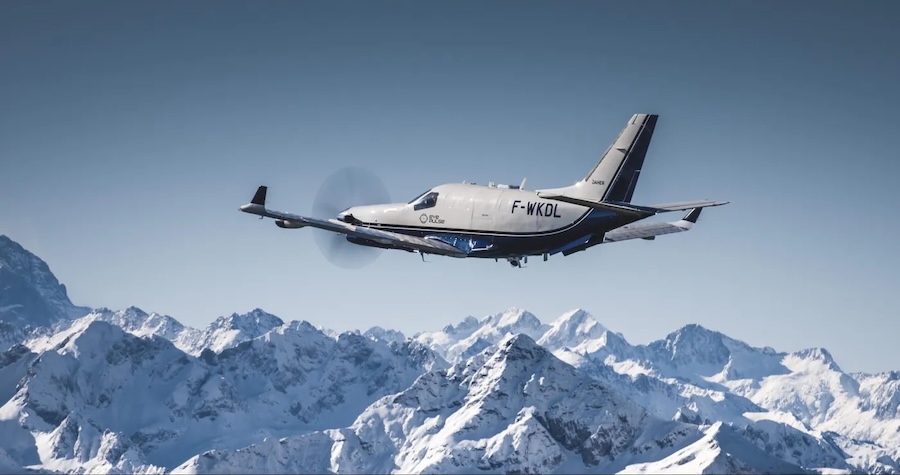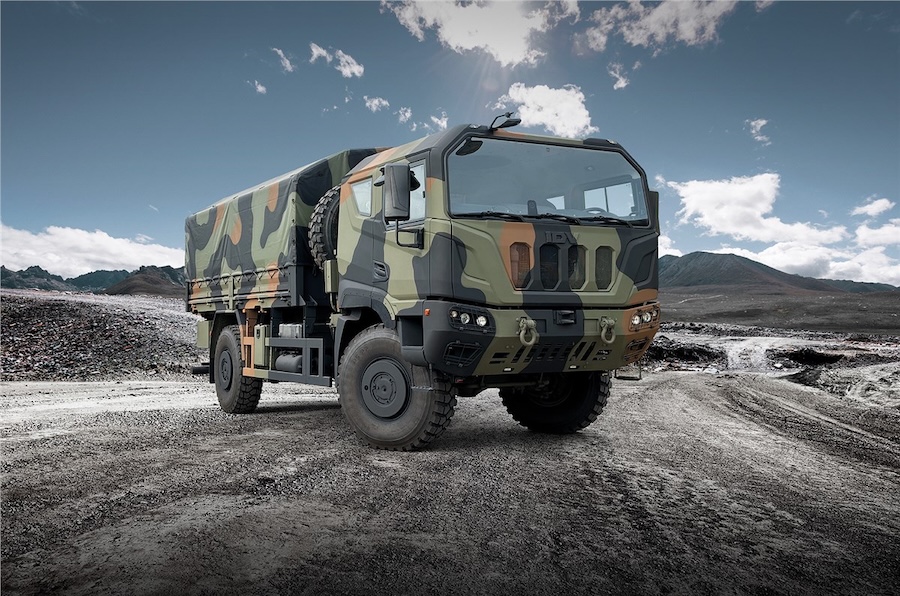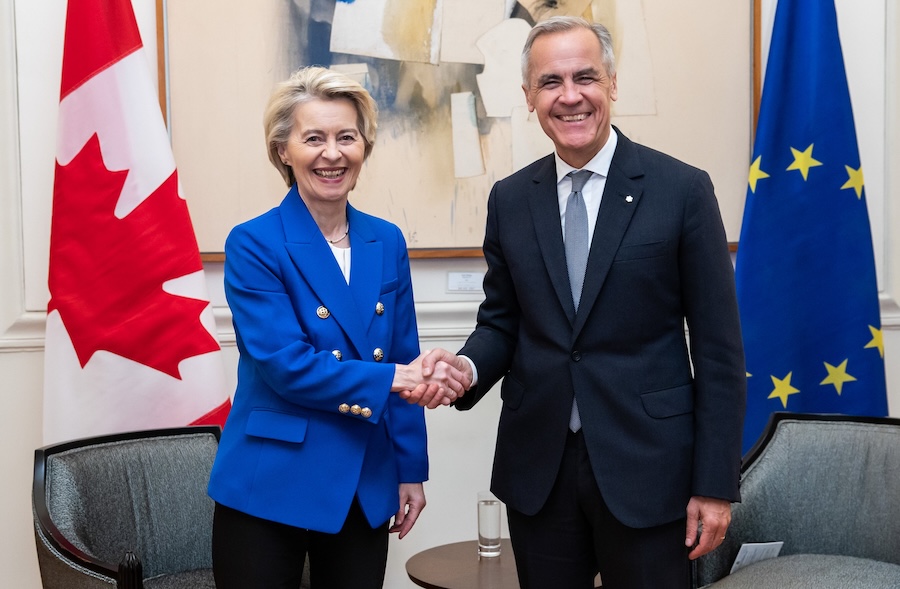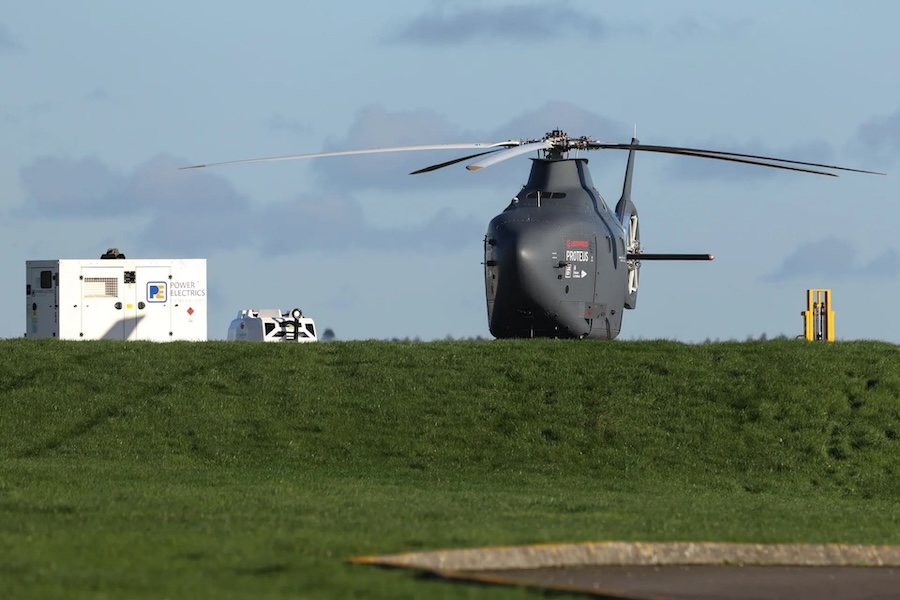The satellites are equipped with an Automatic Identification System (AIS) receiver and a navigation radar detector (NRD), enabling detection of both cooperative vessels and so-called “dark vessels” that deactivate AIS but continue to emit radar signals. These payloads were supplied by Kongsberg Discovery, with the NRD developed by the Norwegian Defence Research Establishment (FFI).
By capturing radar emissions, the N3X satellites allow authorities to geolocate unidentified vessels, supporting operations in maritime law enforcement, environmental monitoring, and search and rescue. The data will serve the Norwegian Armed Forces and other national agencies including the Coastal Administration, Directorate of Fisheries, and Norwegian Customs.
“With our initial N3X satellite constellation in orbit, Kongsberg’s role as one of Europe’s most integrated space system and surveillance providers has been proved again,” said Eirik Lie, President of Kongsberg Defence & Aerospace. “With this and future constellations, we are ready to support Norway and other global customers with technology and services to enhance maritime security.”
The project demonstrates Kongsberg’s vertically integrated space capabilities across its subsidiaries. Kongsberg NanoAvionics built the microsatellite platforms, Kongsberg Discovery supplied the payloads, and Kongsberg Satellite Services (KSAT) provides global ground station support for rapid data delivery.
Kongsberg’s end-to-end approach combines space and ground systems, enabling secure handling of nationally controlled payloads and reduced latency in data processing. Its facilities are equipped to assemble, integrate, and test sensitive satellite components.
In addition to the N3X satellites, Kongsberg deployed four further satellite missions on the same SpaceX launch. These serve clients in Germany, Spain, and New Zealand, with applications ranging from air traffic surveillance to thermal intelligence and basic space research.
This launch brings Kongsberg’s total number of satellite missions in 2025 to ten, up from nine in 2024, marking continued growth in its space operations.

